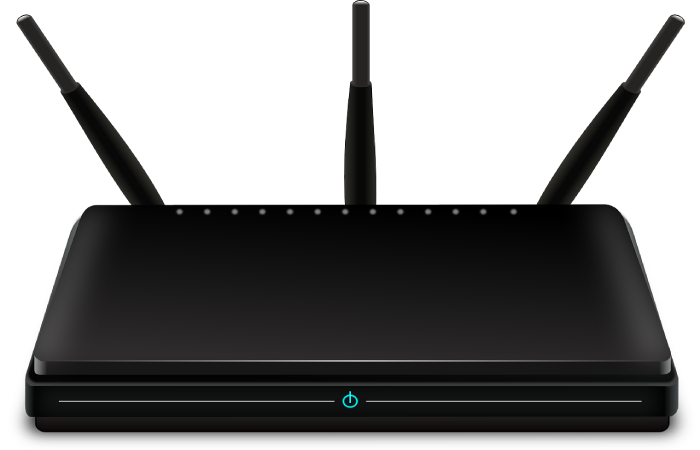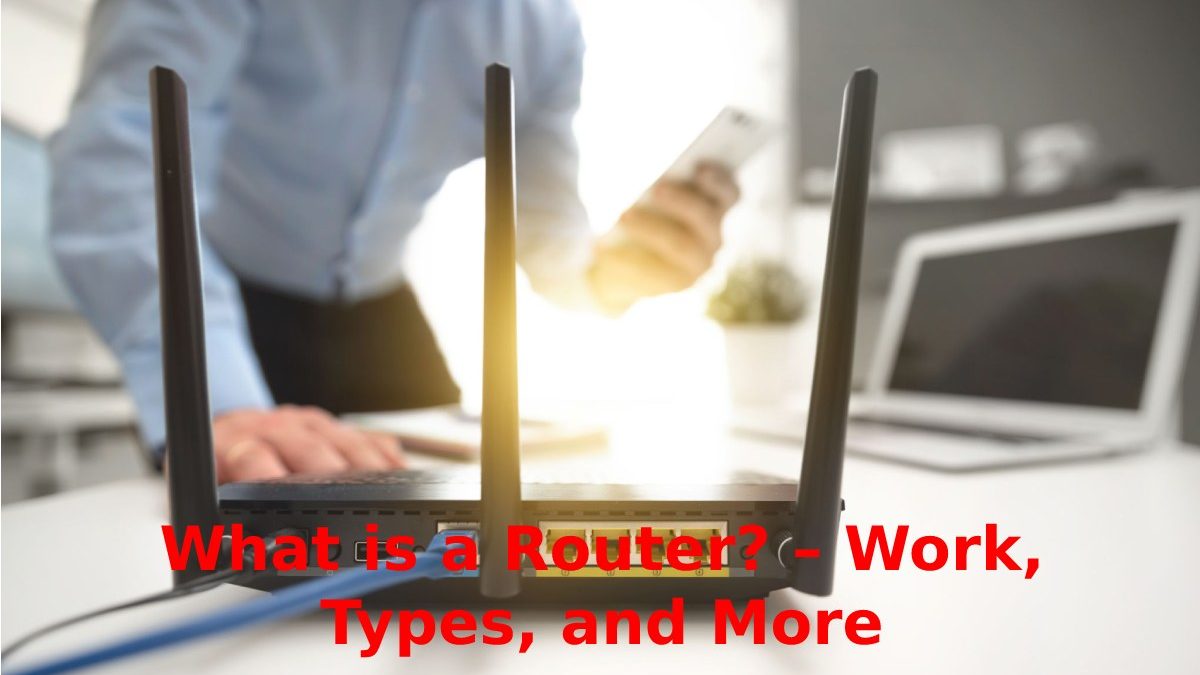Table of Contents
Introduction – What is a Router?
What is a Router: A router receives and sends information over computer networks. Routers are sometimes confused with network hubs, modems, or network switches. However, routers can combine the functions of these components and connect to these components to improve Internet access or help build a corporate network.
How does a Router Work?
Routers direct and route network data using packets containing various data types, such as files, communications, and simple transfers such as web interactions.
Data packets have multiple layers or sections; one contains identifying information such as sender, data type, size, and destination Internet Protocol (IP) address. The router reads this sheet, prioritizes the data, and chooses the best path for each transmission.
How do Routers help your Business?
As a standard tool in modern network computing, routers connect employees to local area networks and the Internet, where nearly all critical business activity occurs. Without routers, we wouldn’t be able to use the Internet to collaborate, communicate, or gather information and learn.
Routers can also provide security. Built-in content filtering and firewall software provide additional protection against unwanted content and malicious websites without affecting your online experience. However, a router is not only used for data transmission or internet connection. For example, most routers let you connect hard drives and use them as file or printer sharing servers that everyone on the network can access.
Business Router Vs. Home Router

The Speed
Business routers have more stable and faster performance on the central processing unit (CPU) than home routers. In addition, there may be a power failure; Flash memory automatically saves its contents when the router is powered off or restarted. The higher the flash and RAM capacity of your router, the easier it will be to expand your network; in this case, professional routers have more power. They also tend to have more RAM, improving data throughput, resending frequency, and even speed.
Security
Since it supports fewer protocols, the home router does not support defense against internal and external attacks such as viruses, trojans, and hacker attacks. In addition, security is not guaranteed at all. Instead, corporate routers have more routing protocols (SNMP, Policy-Based Routing, Unified Management Protocol, etc.) that ensure secure network operations and prevent user data theft. Home routers are suitable for strict network environments. However, enterprise network environments are complex and require more powerful enterprise routers to meet their needs. More WAN interfaces, more bandwidth and load balancing, flexible flow control, more connections, VPN applications and more.
Types of Routers
1. Primary Router
Core routers are typically used by service providers (e.g., AT&T, Verizon, Vodafone) or cloud providers (e.g., Google, Amazon, Microsoft). They offer the maximum bandwidth to connect additional routers or switches. Most businesses don’t need core routers. But large companies with many employees working in multiple buildings or locations can use core routers as part of the network architecture.
2. Edge Router
A perimeter router also called a gateway router or “gateway,” is your network’s outermost connection point to external networks, including the Internet.
Edge routers optimize bandwidth and are design to connect to other routers to distribute data to end users. Edge routers typically don’t offer WiFi or the ability to manage LANs fully. Instead, they usually only have ethernet ports, one input for connecting to the Internet, and multiple outputs for connecting other routers.
The terms perimeter and modem are use almost interchangeably, although the latter term is no longer used by manufacturers or IT professionals to refer to edge routers.
3. Distribution Router
A distribution or indoor router receives data from the border router (or gateway) over a wired connection. It then sends them to end users, usually over WiFi, although the router often contains physical (Ethernet) links. For example, to connect additional users or routers.
4. Wireless Router

WLAN routers or home gateways combine the functions of perimeter routers and distribution routers. These routers are standard in home networks and for Internet access.
Most service providers offer complete wireless routers as standard equipment. While you can use your ISP’s wireless router in your small business, you may prefer to use an enterprise-grade router for better wireless performance, tighter connectivity controls, and security.
5. Virtual Router
Virtual Routers are software that allows you to virtualize certain functions of the Cloud Router to provide them as a service. These routers are ideal for huge businesses with complex network needs. They offer flexibility, easy scalability, and low entry costs. Another advantage of virtual routers is to reduce the management load on LAN hardware.
How Can I Extend My Router’s Wi-Fi?
There are several ways to extend WiFi. You can set up a WiFi extender to extend the range or upgrade your wireless device; Also, be sure to place the wireless router and access point correctly. Also, in corporate environments, you can set up a wireless distribution system (WDS) or create a wireless mesh network.
Conclusion
A router is a net device that transfers data packages between computer networks. Routers perform the functions of routing traffic over the Internet. Data sent over the Internet, such as B. a website or email, comes in the form of data packets.
Helpful Resources:
What is Search Engine Marketing? – Importance, Benefits, and More
Blockchain can be Hacked: In Some Ways it can be done


